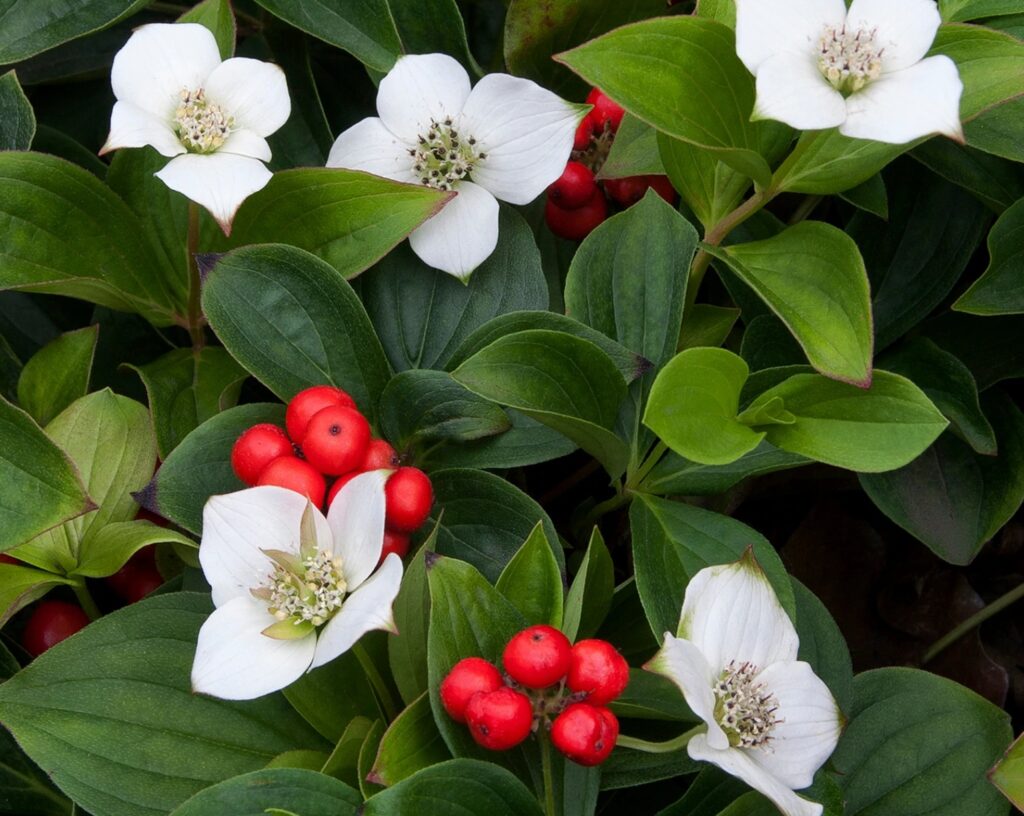
There will be no official national flower for Canada
The votes came in and Canadians across Canada thought the best choice would have been bunchberry. However after thoughtful consideration, the government ruled that our national tree, the maple, is the iconic symbol they want to represent us rather than potentially confusing things with a national flower.
We accept that decision of course ..but suggest that we gardeners go ahead and grow lots more bunchberry anyway. It’s an awesome plant.
Background
A nationwide contest to celebrate Canada’s 150th anniversary, sponsored by Master Gardeners of Ontario, embraced the bunchberry, known as quatre–temps in French and kawiscowimin in Cree, as the winner.
Since the beginning of the National Flower Contest, the little white flower has held the lead with an average of 80 percent of the online vote, says Maureen Hulbert, Executive Director, Toronto Master Gardeners, who spearheaded the contest. Since it was announced in March, almost 10,000 Canadians took up the challenge to help select our national flower.
The Master Gardeners submitted an online petition to Parliament to have the winner declared Canada’s official National Flower, says Maureen Hulbert.” We all love to celebrate the wildness of Canada and its varied areas and having something that can actually grow in every part of the country pulls us together” she said.
With help from Todd Boland, Research Horticulturist at Memorial University of Newfoundland, we considered these three choices:
1) Hooded Ladies Tresses (Spiranthes romanzoffiana)
Unique spiraling flower spike marks this genus;
Found in open wet areas – meadows, bogs, marshes – in every province and territory;
Fragrant flowers from July to Sept on 10 to 50 cm stems;
Food source for native bumblebees all through summer.
2) Twinflower (Linnaea borealis)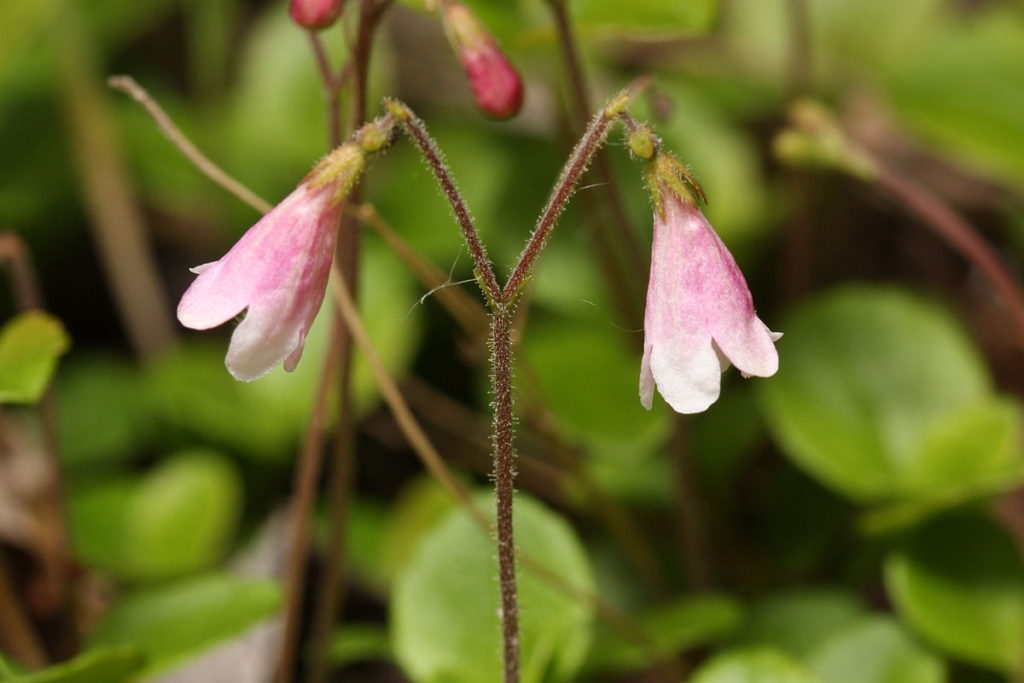
Delicate but tough! “borealis” – of the north;
Found in forests, and wetlands all over Canada;
Reproduces mainly by spreading stolons;
Fragrant flowers on 15 cm stems for one week in June, attract native bees;
Winter forage for caribou.
3) Bunchberry (Cornus canadensis)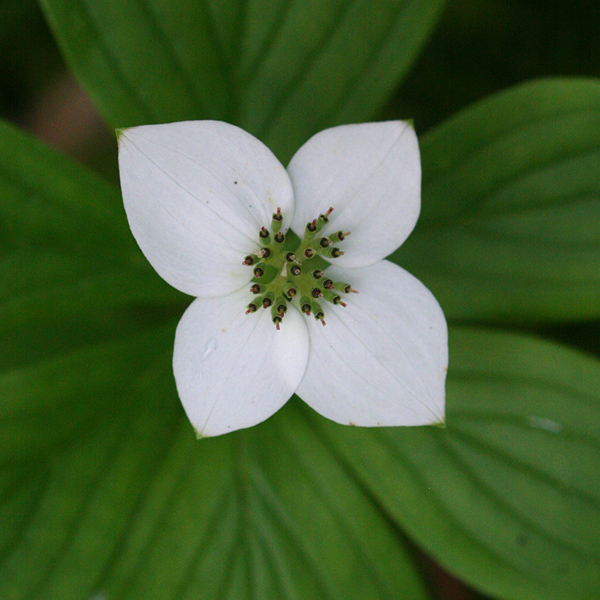
Changes with the seasons – just like Canada!
White flowers in spring, red berries in summer, great red-purple fall colour;
Very common in forests and wetlands all over Canada;
Creeping form, 10 to 20 cm tall, great as a native groundcover;
Pollinators include native bumblebees and solitary bees;
Berries are food source for small and large mammals, and migratory birds;
Winter forage source for caribou, moose, elk, and deer.



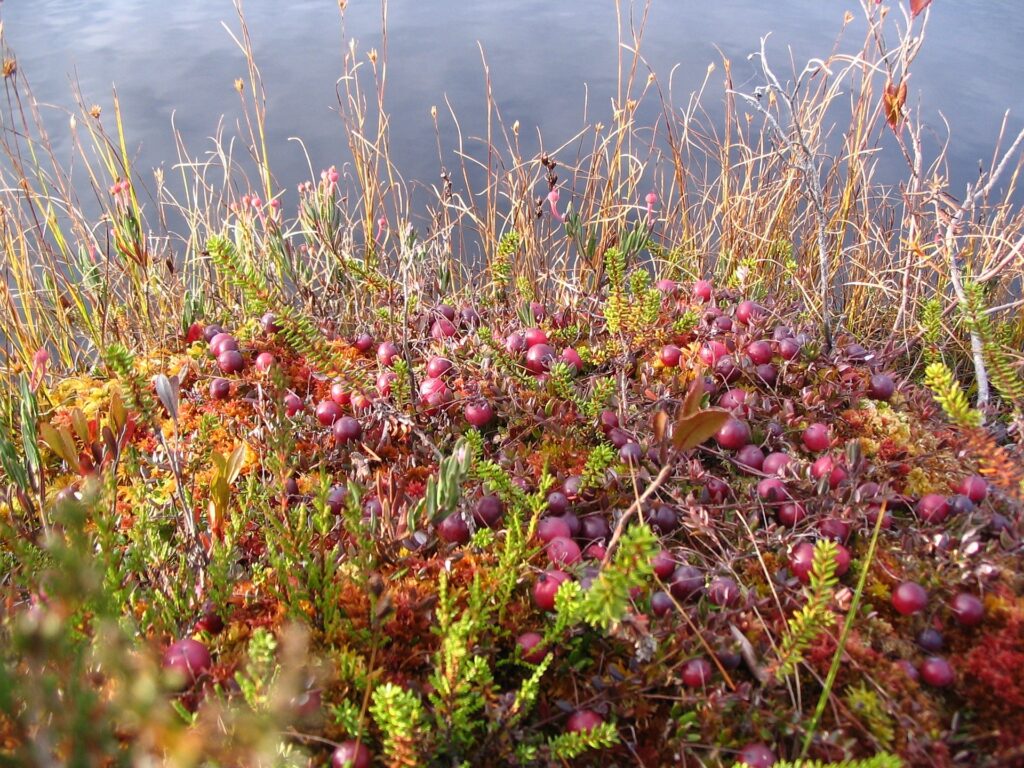
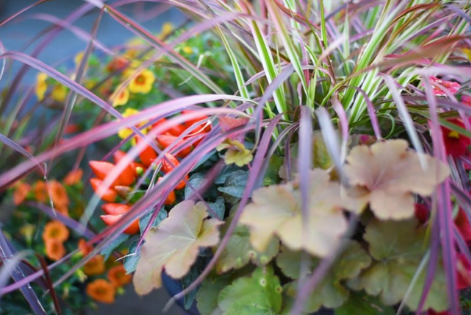
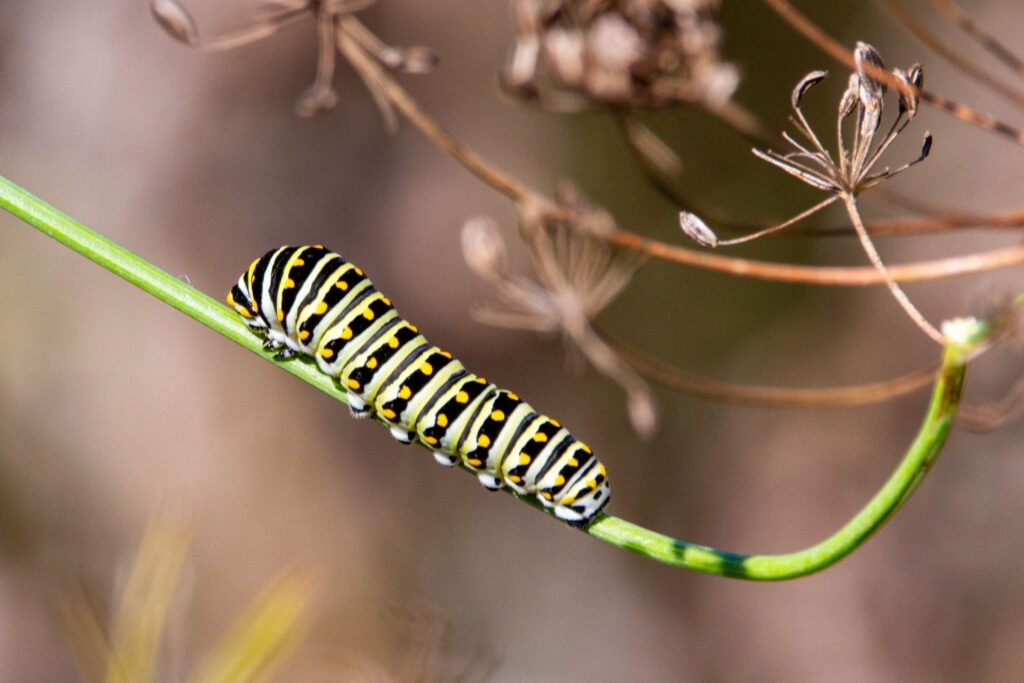
About The Author: Armstrong
As an author and editor, Linda directs her lifelong love of nature and plants to concerns about our environment and how we can do better. In addition to decades of gardening experience, and training as a master gardener, Linda focuses on learning from leading science-based educators and writers, and in the process finds that she uncovers many gardening myths.
More posts by Armstrong